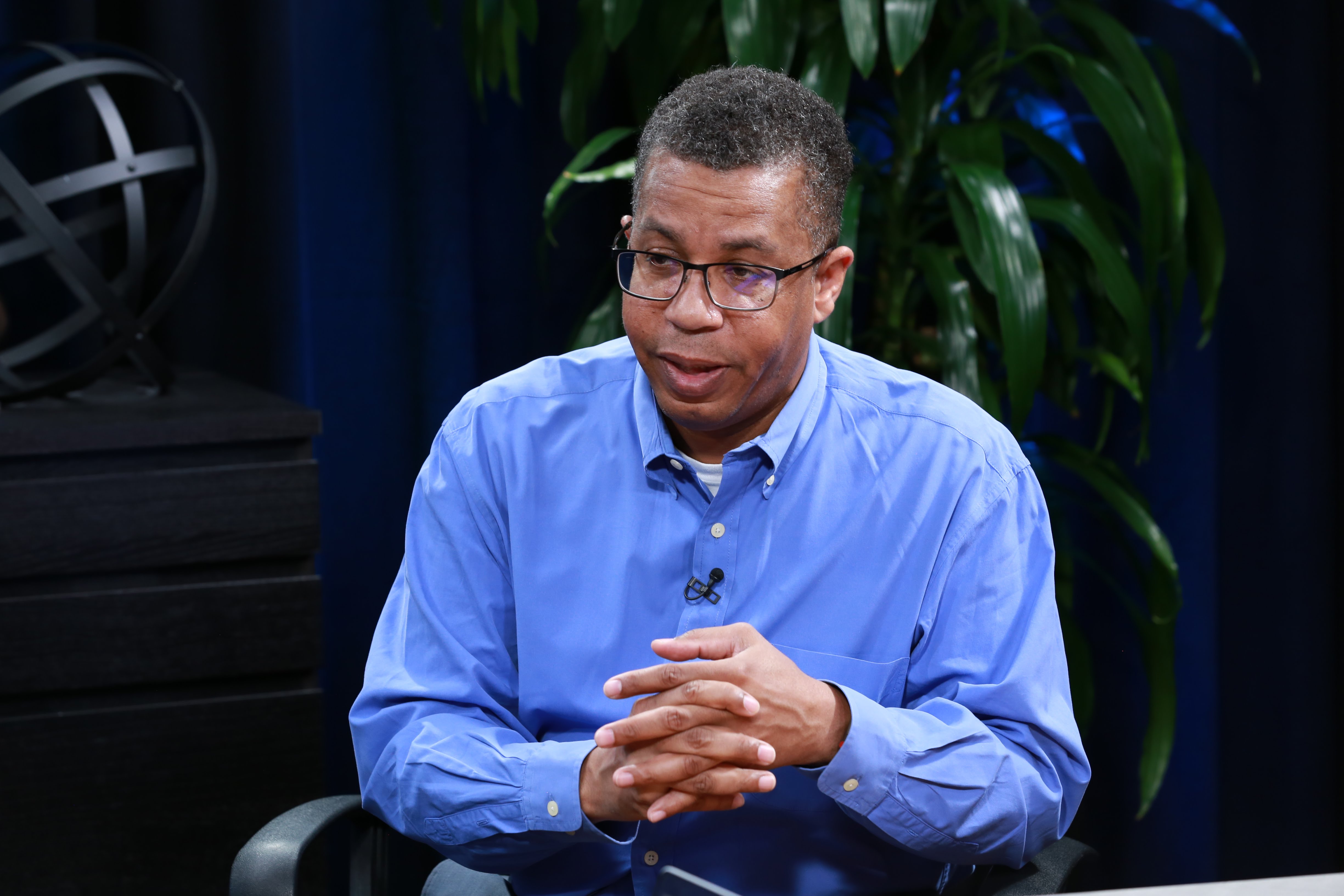 BIG DATA
BIG DATA
 BIG DATA
BIG DATA
 BIG DATA
BIG DATA
Human decision making is a convoluted procedure where biases, trade-offs, past experiences, and time and place-sensitive variables consciously and subconsciously influence the final outcome. Traditionally, this data has been written off as “noise” and the human thought process considered illogical and unscientific. But as the boundaries of artificial intelligence and machine learning grow, previously diverse fields, such as human psychology and data science, find themselves meeting in new technologies that blur the boundaries of emotion and logic.
Seattle startup Element Data Inc.’s Decision Cloud uses machine learning to help people and organizations make big decisions. “What we’re trying to do is … balance and leverage the strengths of machine learning along with the intrinsic understanding of psychology in coming up with a effective ontology that is represented within a decision set, and merge the two together,” said Charles Davis (pictured), co-founder and chief technology officer at Element Data.
Davis spoke with John Furrier (@furrier), host of theCUBE, SiliconANGLE Media’s mobile livestreaming studio, at theCUBE’s studio in Palo Alto, California. They discussed the role of data in decision-making and how Element Data’s Decision Cloud is quantifying and cataloging human bias to enable AI-assisted decision making that takes into account the human process.
Just as computer storage advances led to the creation of big data, AI and ML technologies are encouraging data scientists to look beyond the basic analysis of data for data’s sake and dig deeper into the origins and psychology of data.
“The things that make us uniquely human tend to be characterized as noise, and I think we’re starting to finally come around and realize, especially with the advent of AI and ML, that that’s not necessarily noise — that it might be the most important signal,” said Davis, referring to the human data that is currently dismissed as unclassifiable. “What we can do is we can come up with a taxonomy and an ontology for some form of classification to begin that journey. That’s what we’ve done at Element Data.”
Introducing human expression to the algorithmic mix allows subjective factors to be considered. Davis gives the example of a choice between drugs, surgery or hospice for medical treatment. Current AI would not account for the critical, but subjective, factor of quality of life. “[Decision Cloud] allows for that type of subjective input to be present, and for you to be able to place a level of importance to it,” Davis said.
All decisions are biased, and according to Davis, the trick is not to try and overcome bias but to acknowledge and recognize it. “Cognitive bias is the neurological shortcut that we take to arrive at decisions or conclusions,” he said. “If you can start to recognize [biases] in data, then you can start to figure out ways to change perception, or at least to surface that these biases are present.”
Psychological operations methods of control through “mind-hacking gamification” are a high-profile negative use of mining psychological data. “It’s really about understanding who you are at an attribute level and understanding who you are from a perception level, and really dealing with the psychology, either to incite you or to suppress you,” said Davis, who agrees that recent negative use instances are “chilling” and encourages more positive uses of psychologically revealing data. “One … that immediately comes to mind is the ability to allow people to understand their decision process. If you have a Decision Cloud, you can actually look at and see your journey, your path along your decision path.”
Another example is the opportunity to expand the mindset of homogeneous groups by introducing different beliefs and different viewpoints, making their perspective more representative of society. “We hope that’s something that Decision Cloud would be able to influence,” Davis concluded.
Watch the entire video interview with Charles Davis below, and be sure to check out more of SiliconANGLE’s and theCUBE’s CUBE Conversations.
THANK YOU